- 18/01/2023
Mixed Media
What is mixed media art?
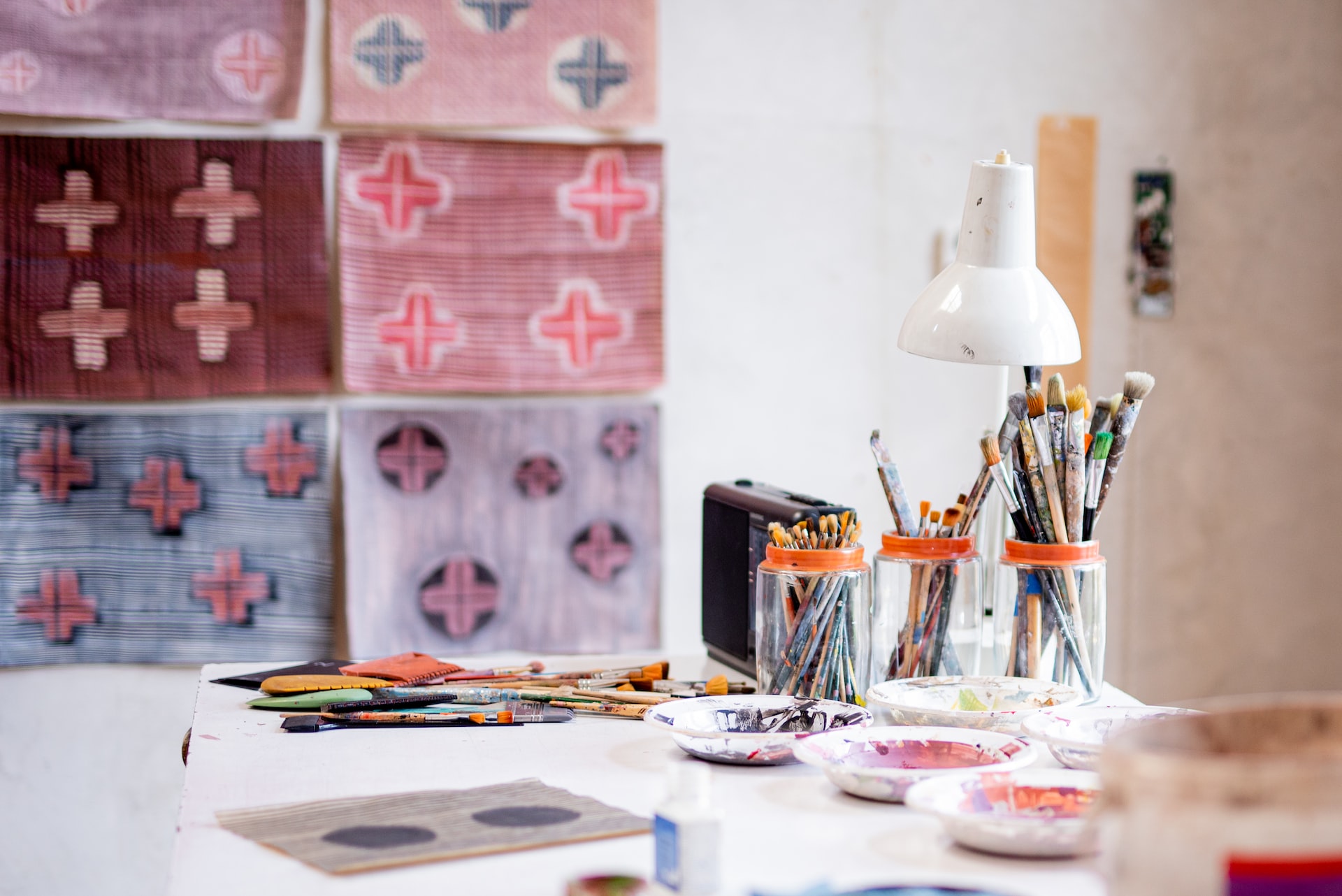

Mixed media – in simple terms – is using more than one material to create art. Accenting a watercolour with marker pens? Using stencils with an illustration? Adding a collage into your oil painting? You’re making mixed media art.
You can start creating mixed media with whatever materials you’ve got to hand – if you want some inspiration or a kit to start you off, Pebeo have a huge range.
Read on to discover tools you could use, inspiration for future pieces and materials to bring your mixed media art to life.
What surface should I use for mixed media artwork?
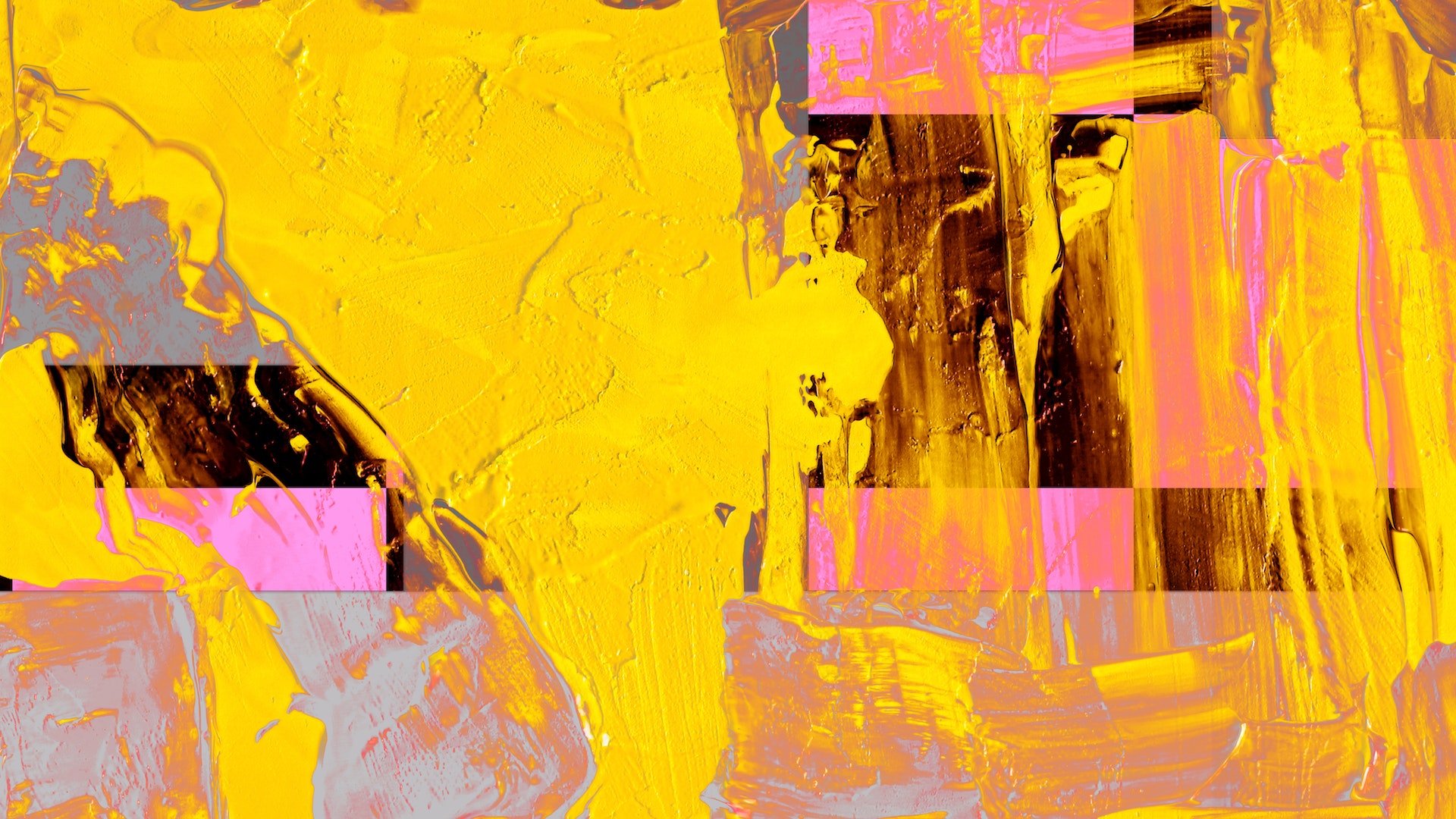

When picking a surface to use for mixed media art, you’ll need to find a pad, panel, paper or canvas that works effectively with all the different materials you plan to use.
For example, Bristol Board might work a treat for ink or pencil artwork, but if you combined charcoal into the mix, it may not work well. Canvas is ideal for oil, acrylic and gouache paint, but doesn’t suit watercolours.
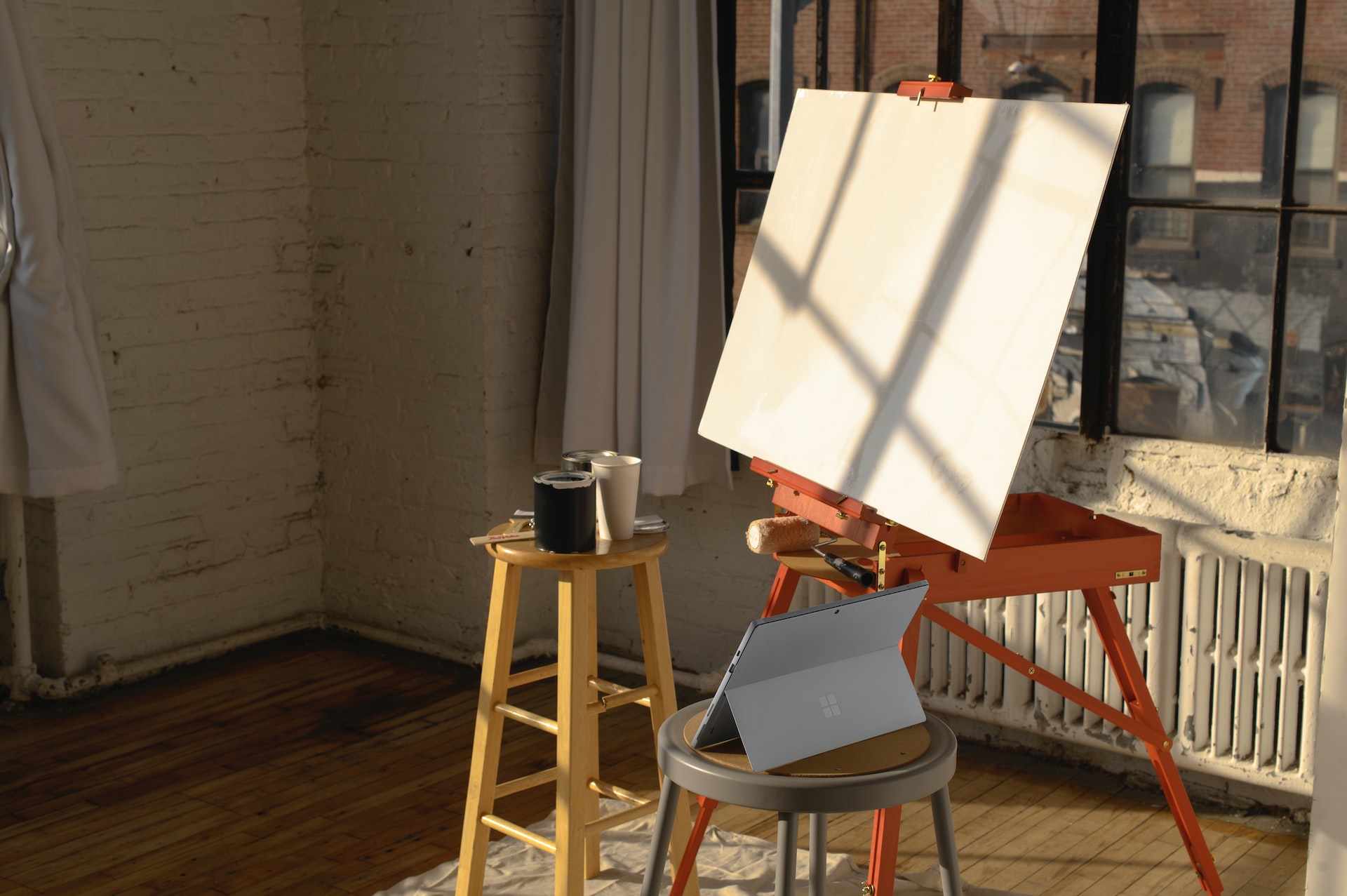

Mixed media pads could be a solid option for a beginner to mixed media. Most mixed media pads can be used with a wide range of different materials, so you can use pen, ink, pastel, watercolour and acrylic on your piece.
Types of mixed media materials
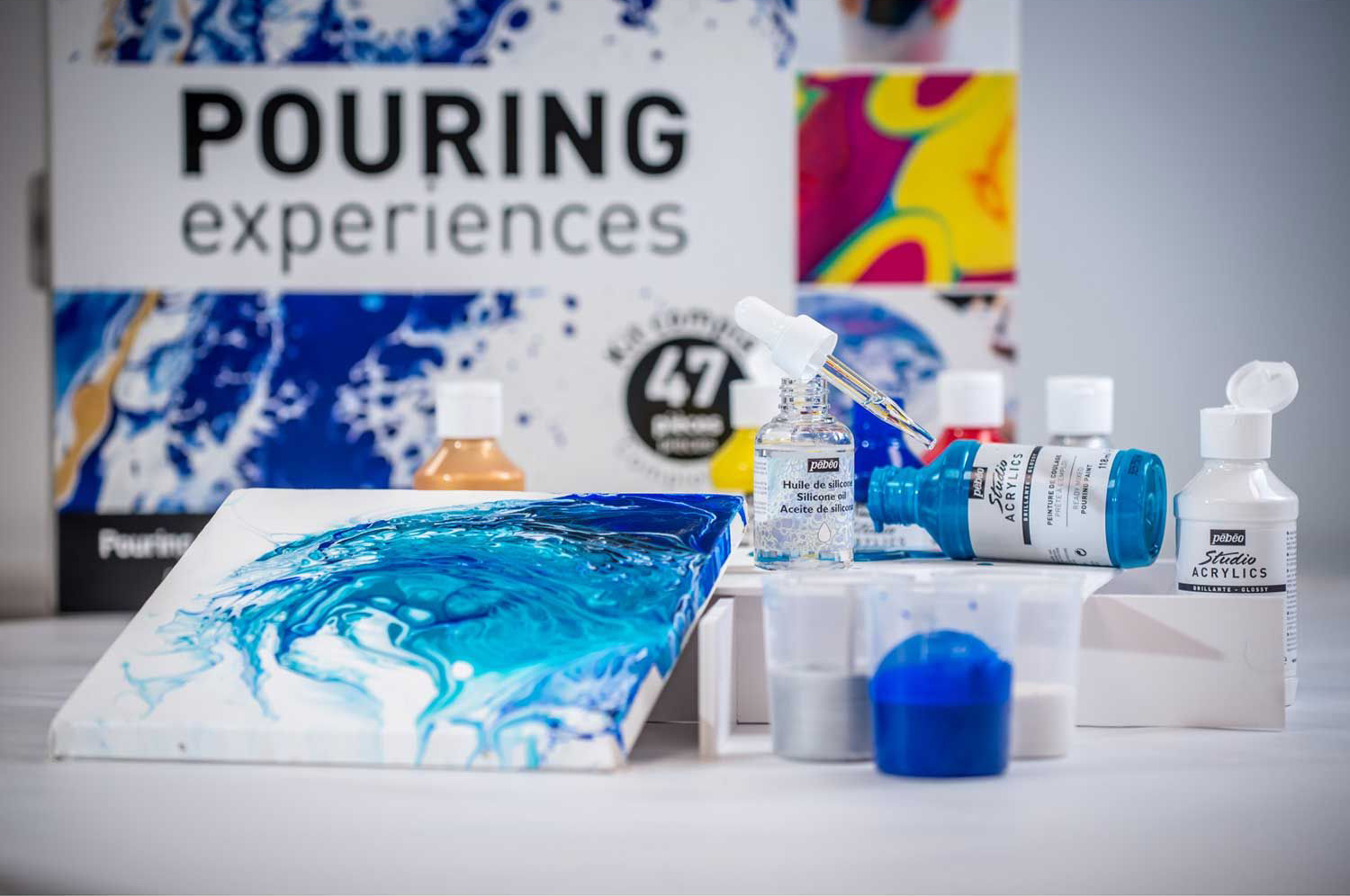

The beauty of working with mixed media is that you’re never limited to one material – you can use almost anything you get your hands on.
There are a few established mixed media options at your disposal which we’ll explore below:
Watercolours
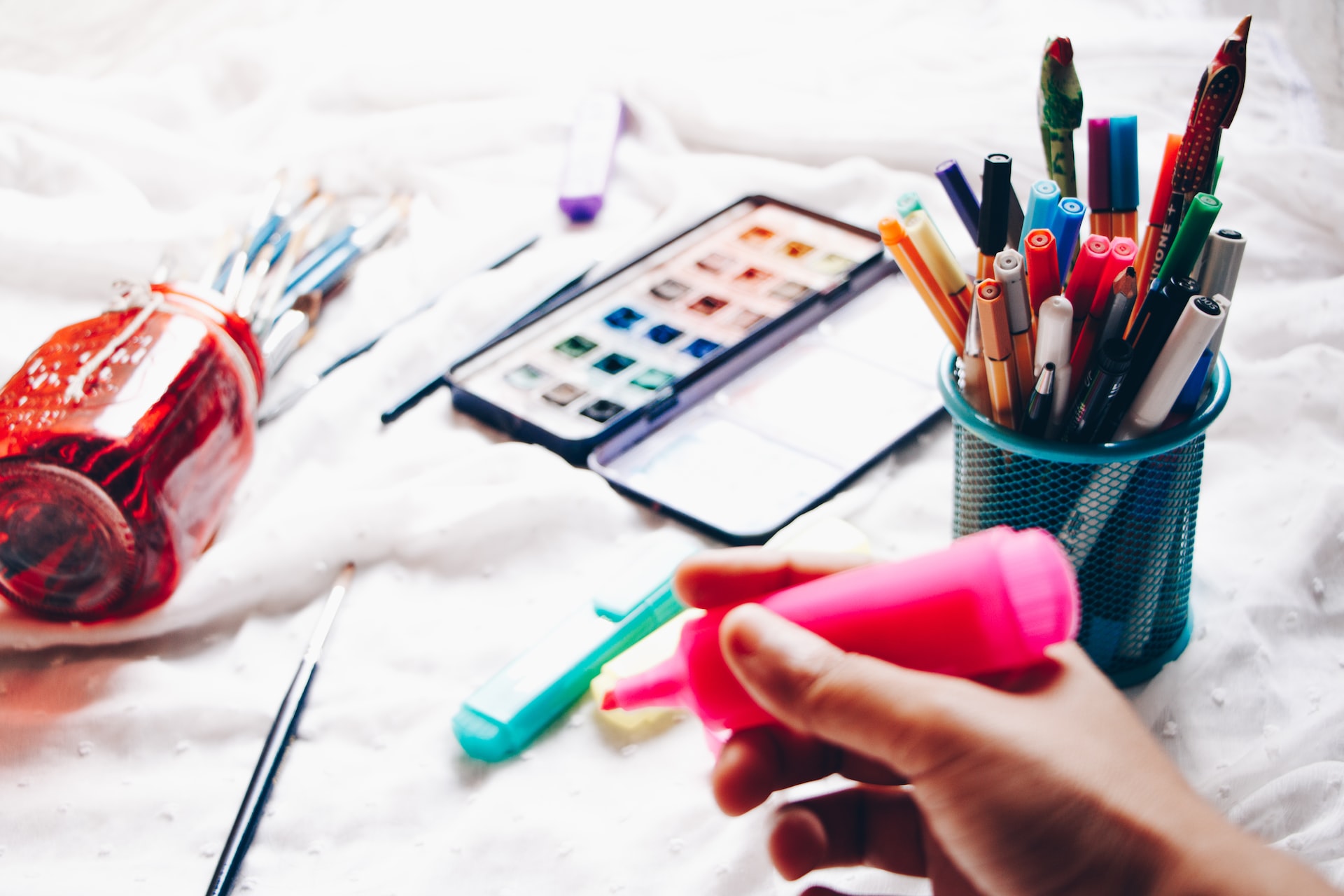

Watercolours can be used effectively with inks, pens and markers. Try building up layers of watercolour paint and adding details with ink – for example, trying capturing an atmospheric sky with layers of watercolours, then add a cityscape using pens and markers.
Top tip: Watercolour and ink is a match made in mixed media heaven. Wait for your watercolour layer to completely dry before using pen over the top.
Markers
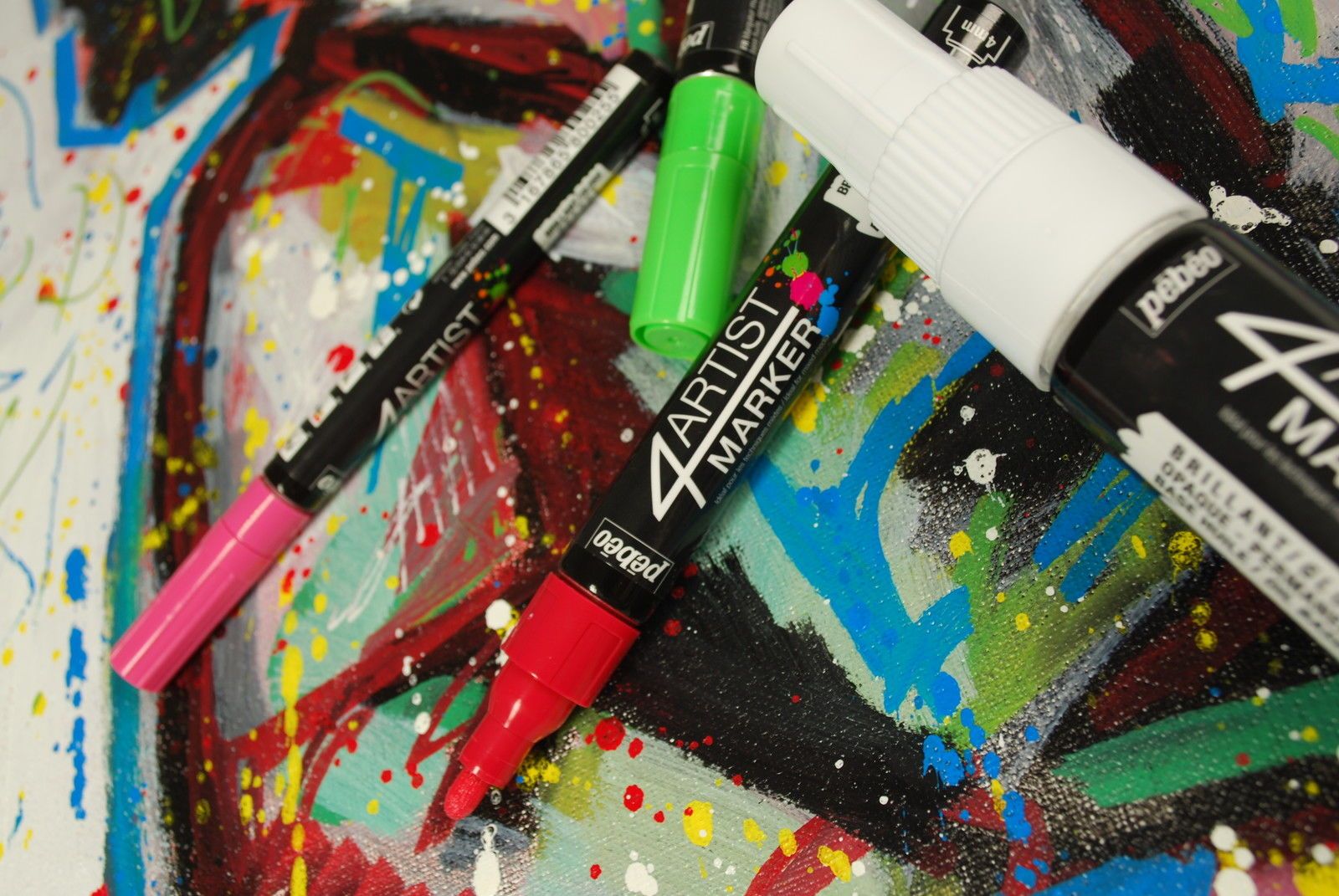

Marker pens can make excellent additions to mixed media art experimentation. Try different sized nibs and choose between oil or acrylic based pens (or use a combination of both).
Collage
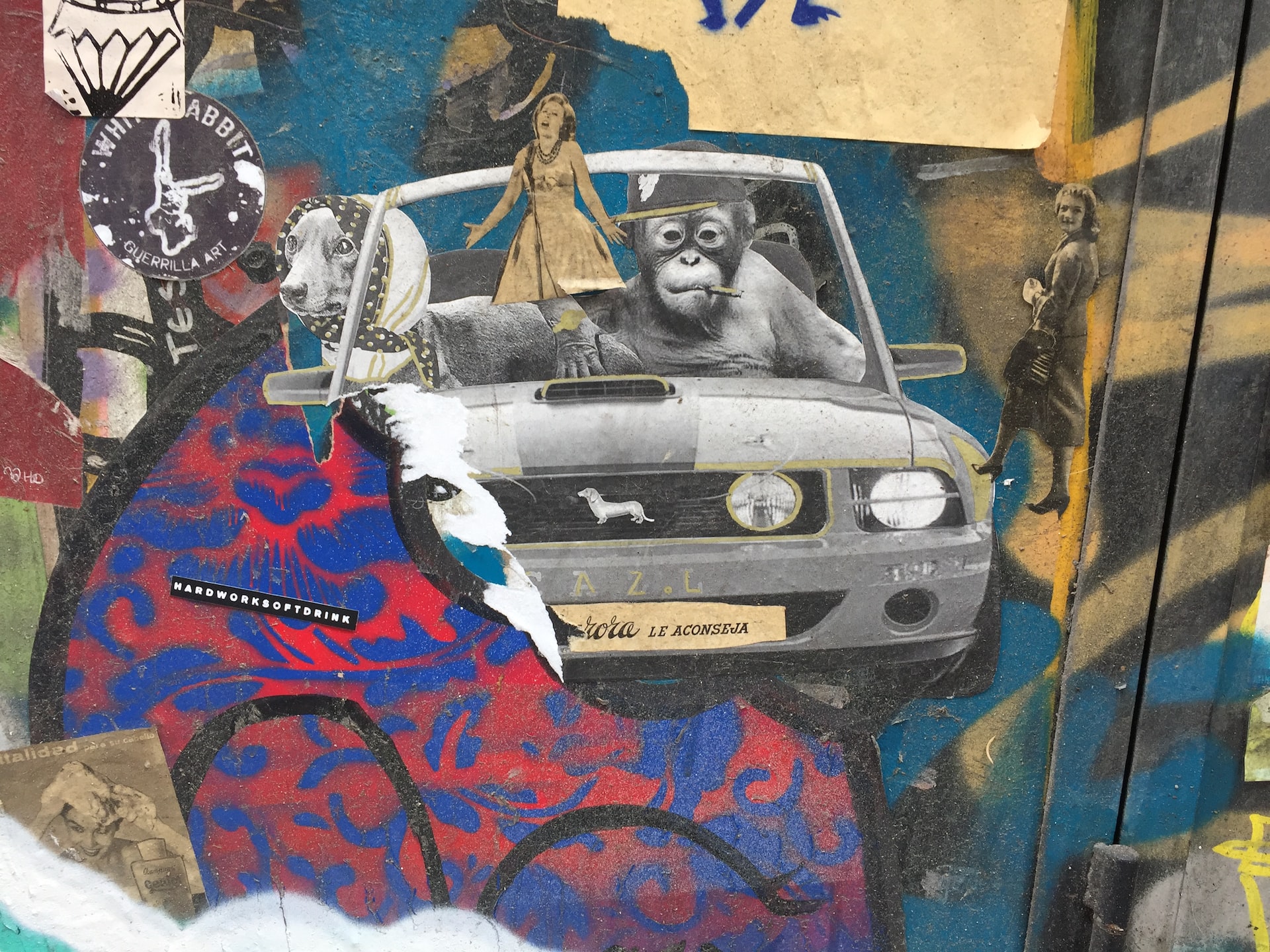

Collage can be an interesting way to adding photography and text into your mixed media artwork.
Snip out figures or blocks of text – try gluing a selection of interesting images, then painting over in contrasting colours. Introduce stencils, block colours and geometric shapes to create intriguing compositions.
Top tip: Collect newspapers and free magazines to build a bank of images to use in collage-based mixed media. Maybe see if a friend or neighbour could lend you their old newspapers!
Photography
Used in a similar manner to collage, try introducing your own printed photography into mixed media artwork. Use paint or markers to add a pop of colour to black and white photography – or even paint your subject before taking a photo to combine both disciplines.
Spray Paint
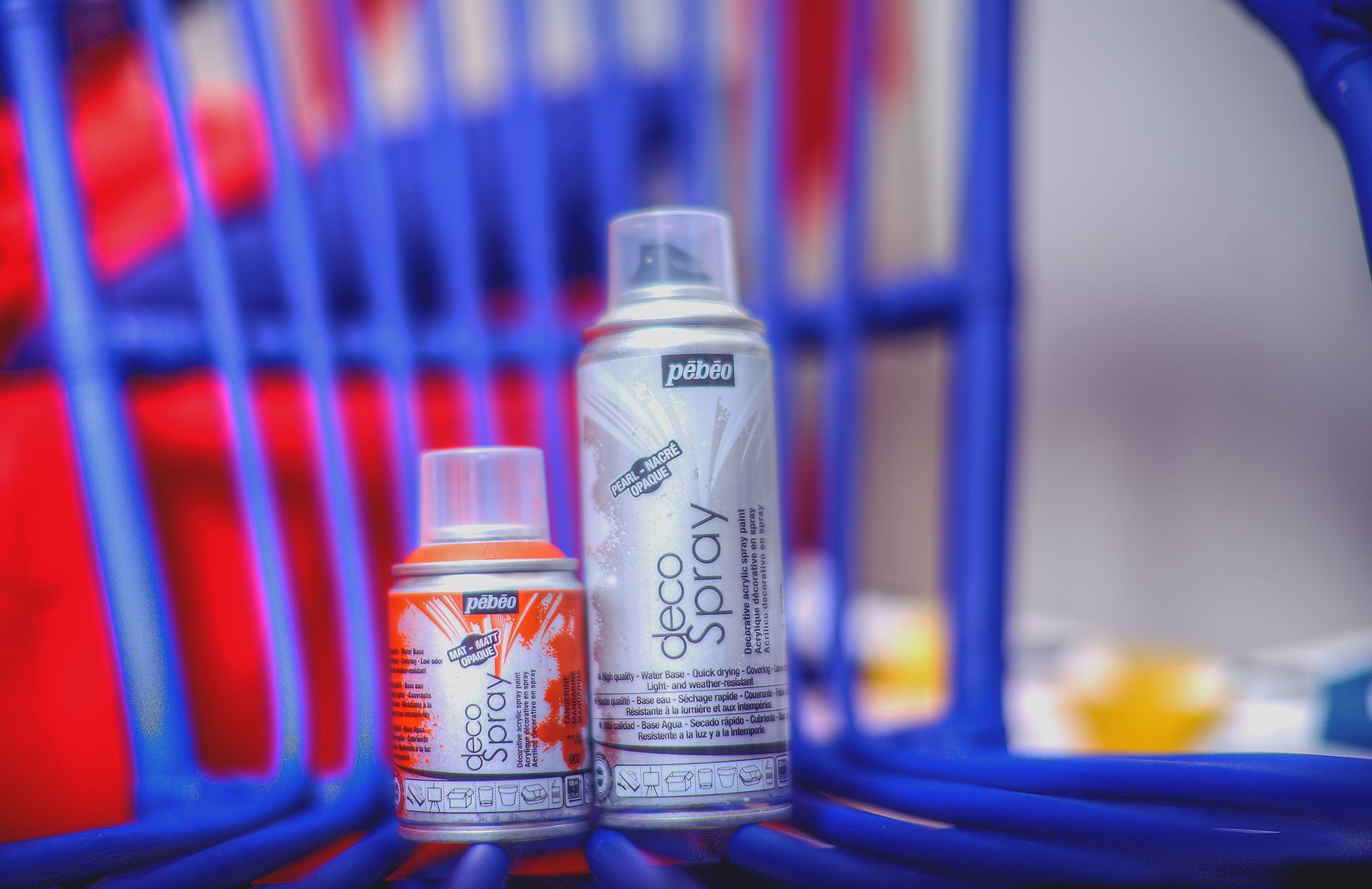

Acrylic spray paint is fantastic for mixed media as it can be used for a huge range of different materials. Pebeo spray paint is suitable for use on paper, stone paper, cardboard, papier mache, plastic, plaster, ceramics, glass, wood, metal, clay, stone and canvas.
Top tip: Make sure you only use spray paint in well-ventilated areas or outdoors.
Resin
Resin can be used in mixed media, drying solidly after it’s set. Can be used with mould and stuck onto artwork, or used to produce a glossy finish. Try encasing objects within resin – flowers, leaves and natural items can be an effective choice.
Oil, acrylic and gouache
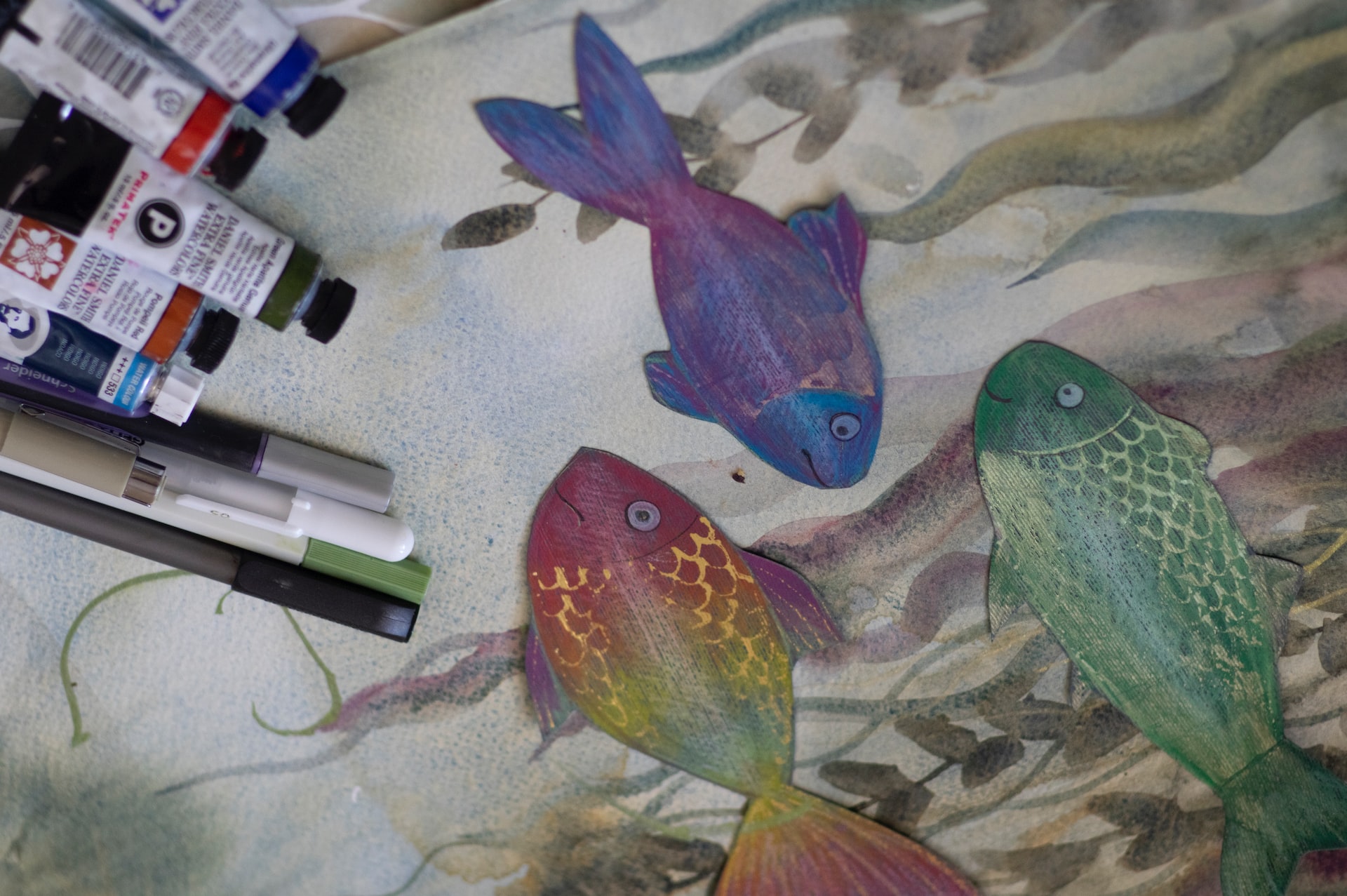

Using any or all of these paint types in an artwork is handy as they can all be used on similar surfaces. For example, canvas and oil paint paper can be used effectively with all three.
Acrylic paint in particular is perfect for mixed media, as it can be applied to canvas, glass, Perspex, MDF, acetate, canvas board and (obviously) acrylic paper.
Modelling clay
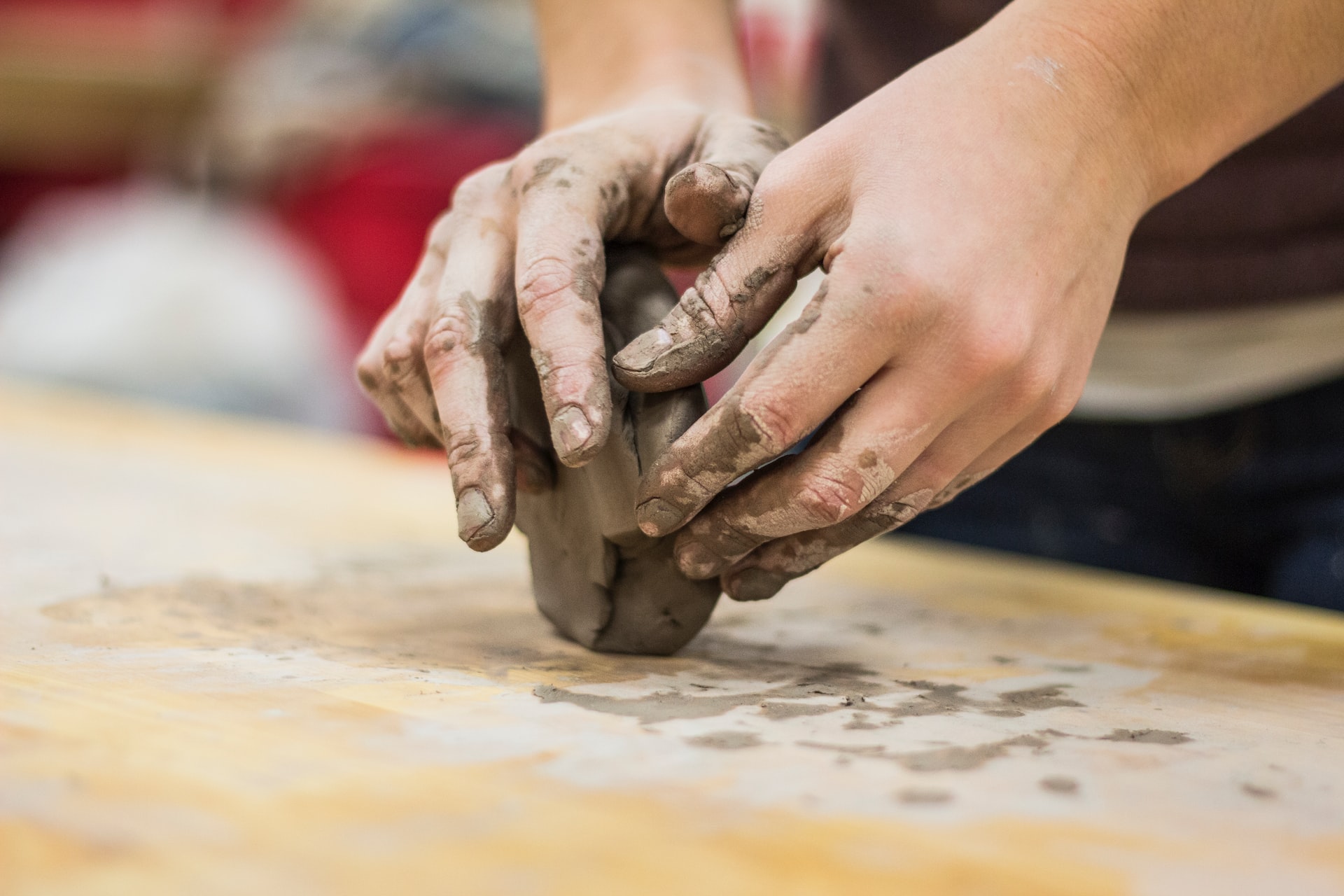

Try your hand at mixed media sculpture – try using a simple air-dry clay like DAS to get used to moulding and shaping.
Once set (times will vary depending on how big your sculpture is) you can apply whatever you think of to add another layer. Try plastering your sculpture with a collage of images, spray painting stencils or painting geometric shapes.
There’s no limits with sculpture – try a modern, abstract approach, capture realistic or symbolic human figures – go wherever inspiration takes you.
Marbling
A technique that can add a touch of class to any mixed media artwork, marbling is performed using a marbling bath.
First, mix a marbling bath thickener into one litre of cold water – use a flat tray that’s larger than the area you want to marble. Once it’s stood for two hours, drip your marbling ink and swirl using a brush to achieve the desired effect. Place the item you want to marble into the mixture, then remove gently.
Cracked effect modelling paste
Want to capture the appearance of a crumbling building? Create a weathered appearance using a cracked effect modelling paste.
First, apply an undercoat, then add the cracking effect paste using a palette knife. Leave to set for a unique finish that can be used at the start of a mixed media artwork.
Top tip: A thinner application with cause more cracks.
Stencils
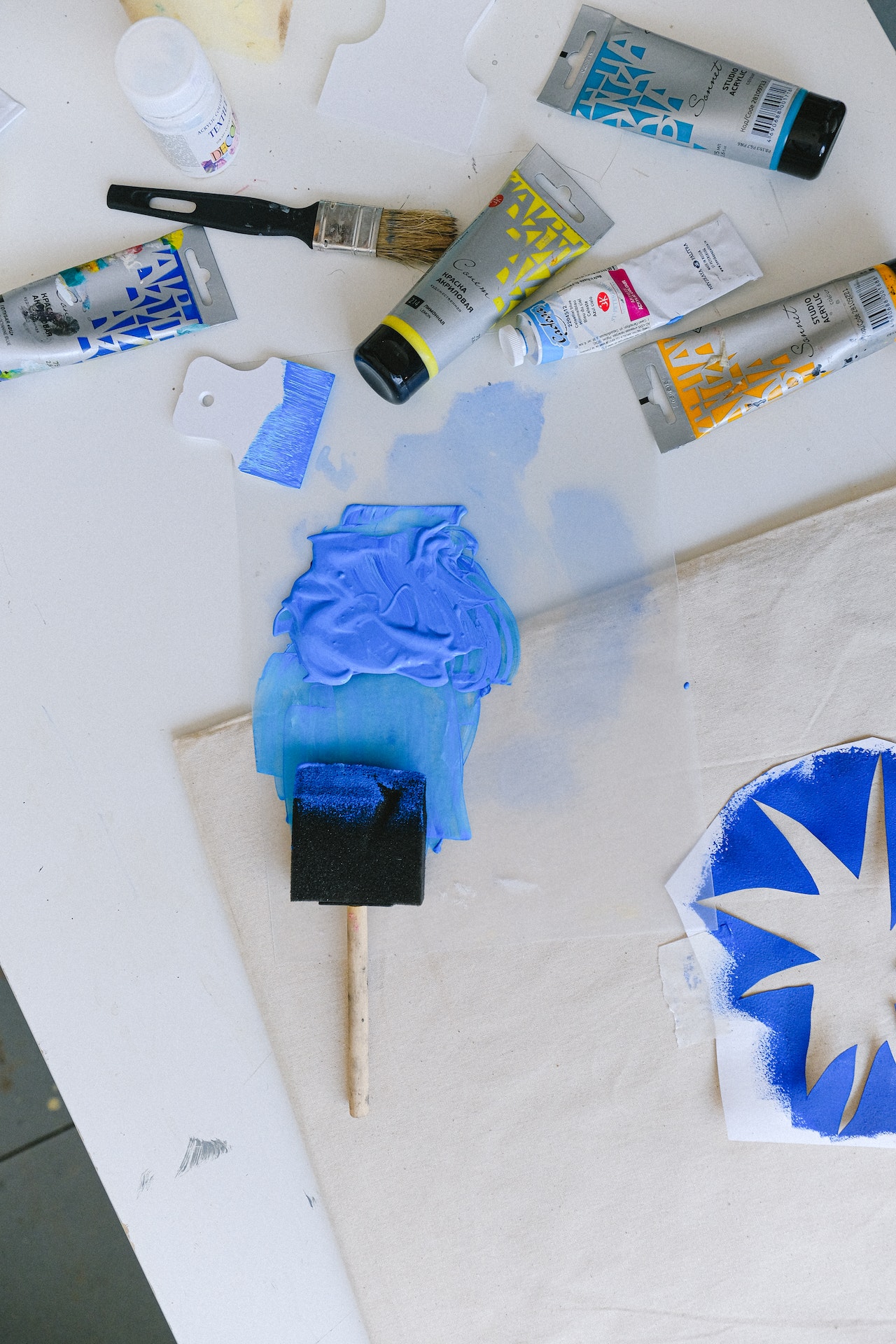

Stencils are a fun way of adding pops of colour to your artwork. Cut your own stencils using thick card, or, if you’d like to get started without fiddling with craft knives, premade stencils can be a faster way of introducing shapes to your work. Apply with paint, markers or spray paint for crisp, impactful edges.
Can’t wait to get started with mixed media? Explore our enormous range of brilliant quality mixed media materials.
 Same Day Dispatch Mon-Fri Before 2PM
Same Day Dispatch Mon-Fri Before 2PM

 Free UK Delivery on Orders Over £50
Free UK Delivery on Orders Over £50

